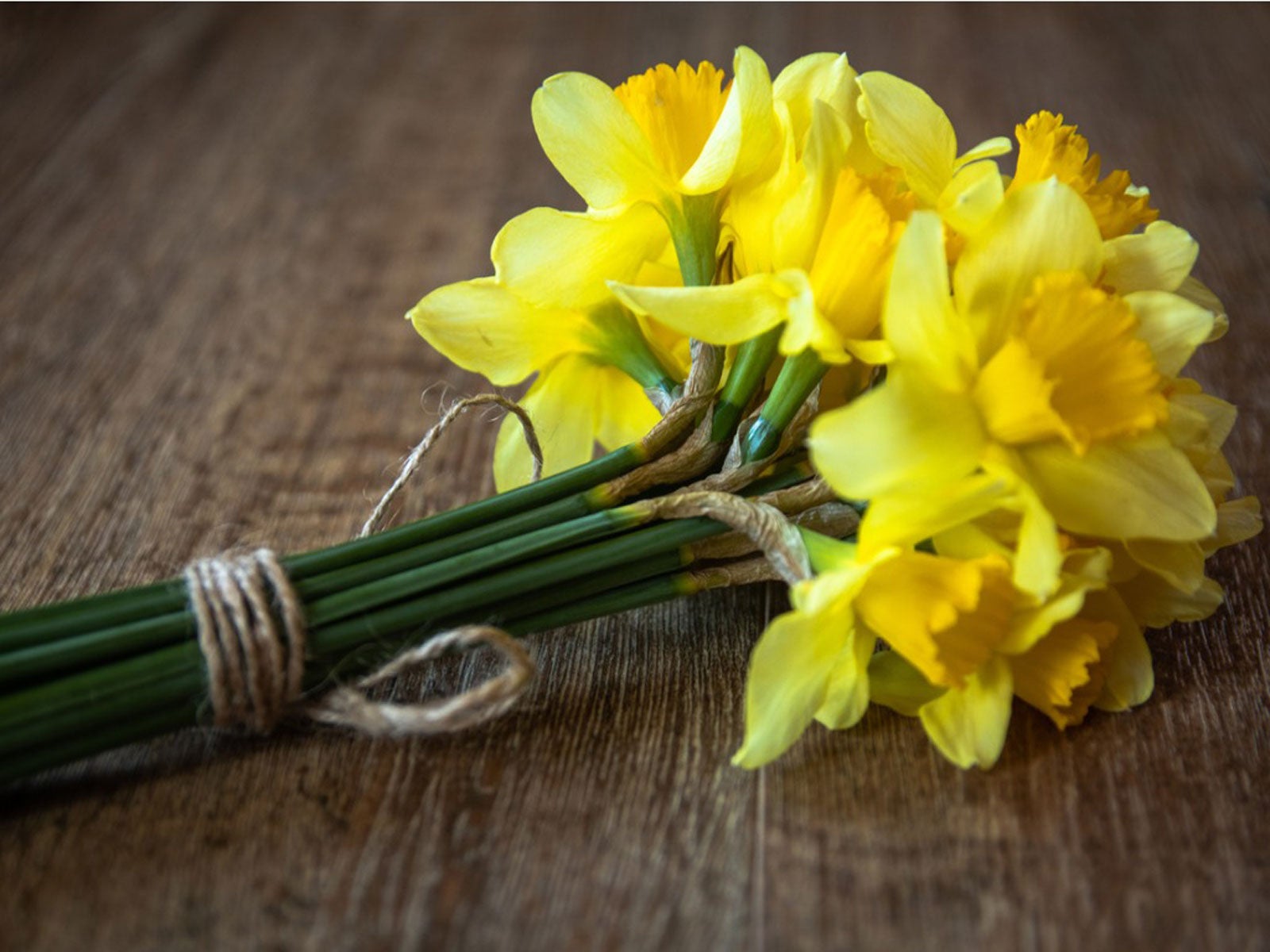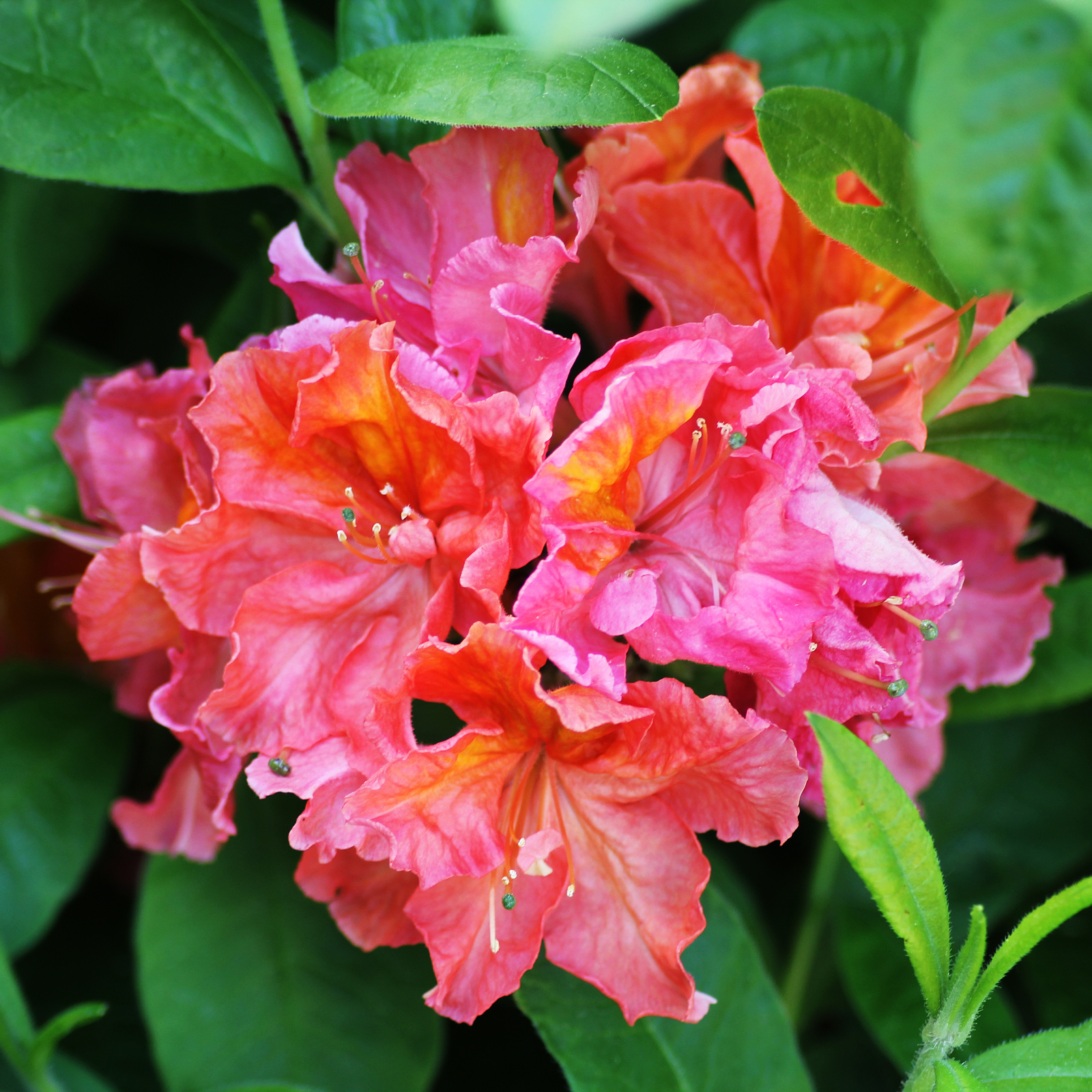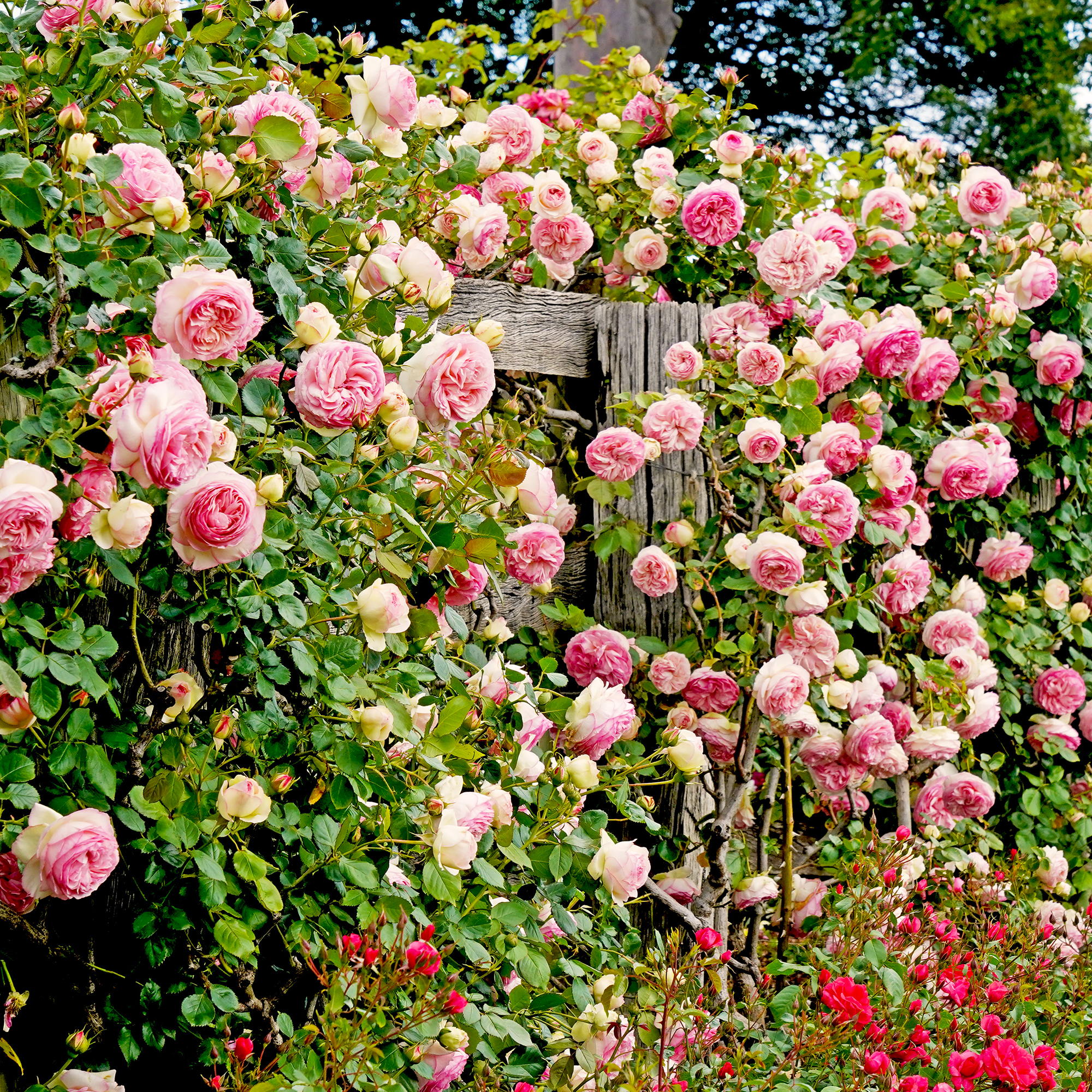Daffodil Benefits – What Are Daffodils Good For


A classic early flower of spring, the uses for daffodils extend well beyond providing cheerful color after the winter months. While this may be the main reason most people plant daffodil bulbs, these pretty spring flowers can enrich your garden, improve pollination, and provide medical and health benefits.
What are Daffodils Good for Medicinally?
Daffodil flower uses are mostly limited to ornamentation. However, researchers are finding ways to extract compounds from daffodils with the potential of treating diseases. Some of the daffodil benefits to medicine may include treatments for Alzheimer’s disease and even cancer.
Traditionally, daffodil flowers and bulbs have been used for inducing vomiting. It is very risky to try this, however, as there are reported cases of deaths related to using the bulbs. Avoid using any part of a daffodil as medicine or food.
Benefits of Daffodils in the Garden
You may not be able to eat them or turn them into herbal medicine, but daffodils, like other early spring flowers, are actually beneficial to the garden in several ways. They come out of dormancy before many other plants, which means they are active and prepared to catch the water and nutrients that come with spring rains, which would otherwise be wasted.
When these flowers die back in spring, they add those nutrients back to the soil where other plants can use them.
These early spring flowers spread readily and colonize areas in patches. They spread their roots, which helps prevent or minimize erosion. The early daffodil blooms attract early pollinators too. This helps other plants, like your fruit trees, set more fruit.
If you grow fruit trees, you’ll want daffodils to increase pollination, but they can also keep grass at bay. Plant daffodil bulbs around the drip line of a fruit tree to keep grass from encroaching under the tree and competing with it for nutrients and water. The leaves may even deter deer.
Gardening tips, videos, info and more delivered right to your inbox!
Sign up for the Gardening Know How newsletter today and receive a free copy of our e-book "How to Grow Delicious Tomatoes".

Mary Ellen Ellis has been gardening for over 20 years. With degrees in Chemistry and Biology, Mary Ellen's specialties are flowers, native plants, and herbs.
-
 8 Noteworthy Native Azaleas Every Gardener Should Know – And Grow!
8 Noteworthy Native Azaleas Every Gardener Should Know – And Grow!Native azaleas offer brilliant blooms in a range of colors and sizes. Here are a few favorites to get inspired and start working on a native shade garden!
-
 Growing Climbing Roses: How To Create Elegant Displays With Maximum Blooms
Growing Climbing Roses: How To Create Elegant Displays With Maximum BloomsMaster the art of growing stunning climbing roses with this essential guide to creating vibrant, fragrant walls and structures all summer long.